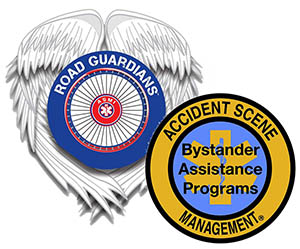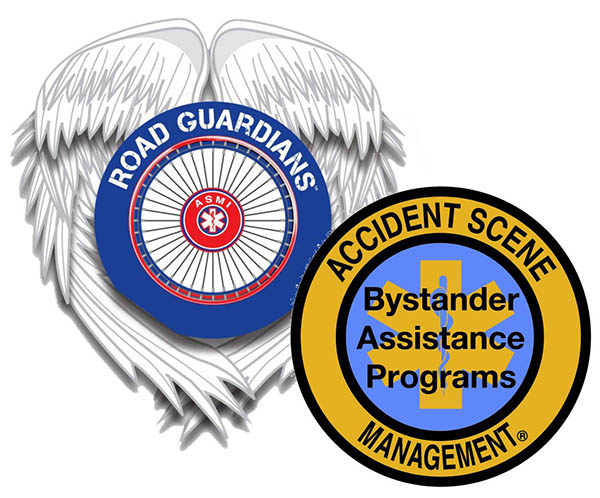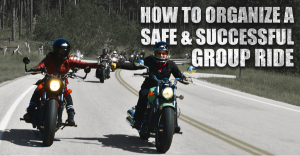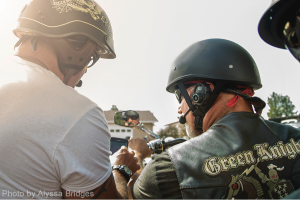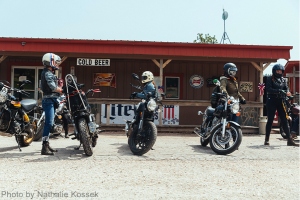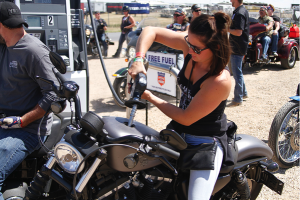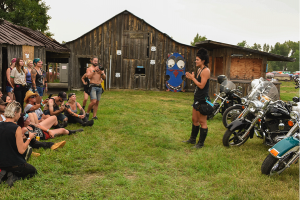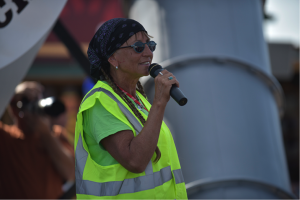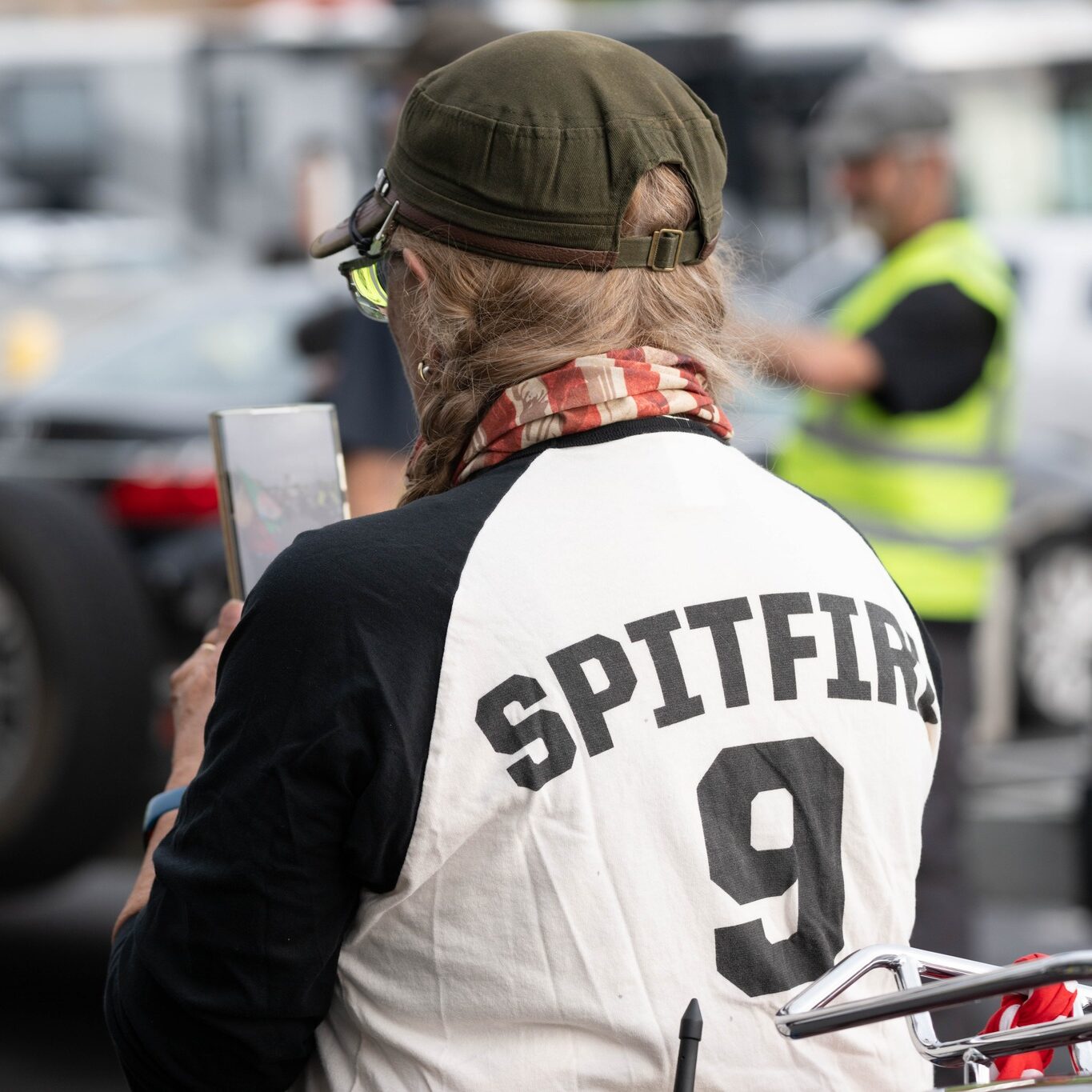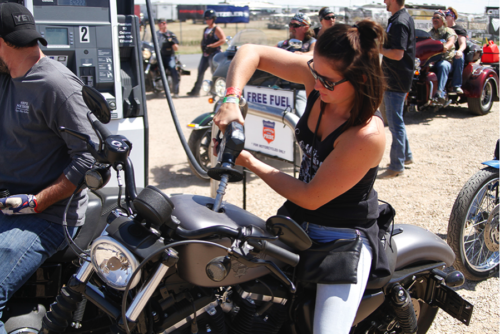
How to Plan and Execute Safe and Successful Group Rides
Riding with a group can be one of the most rewarding experiences you can have on a motorcycle. The fun of sharing an adventure with a bunch of friends or a group raising money for a good cause is the reason why big ride events like the Buffalo Chip’s Legends Ride® and Biker Belles® ride and groups like the Wild Gypsy Tour grow every year.
If you just can’t wait for your own favorite group ride, or you’ve got a cause you’d like to support, you can always organize your own. And the first step is learning how to keep your riders safe.
These group riding tips compiled by Road Guardians will help you do just that by lining out a helpful list of details to arrange and communicate.
PLANNING YOUR GROUP RIDE
1. Choose a route that meets your riders at their skill level
Everyone loves a route with some curves and hills, but one with hairpin curves or significant uphill right hands turns can be a challenge even for experienced riders.
2. Minimize the number of left-hand turns and intersections you need to go through
This will minimize the danger of crossing traffic and help keep your group together.
3. Plan to stop every hour or so
Riders will want the chance to eat, drink, stretch their legs and use restrooms.
4. Account for a gas stop every 90-100 miles.
Plan your stops ahead of time. If you’re riding beautiful roads, it can be easy to get so caught up in the scenery that you end up draining your reserves.
5. Keep your groups small enough to get through intersections together if possible.
This requires enough experienced riders to help at both the front and back of each group in case you get split up.
EXECUTING YOUR GROUP RIDE
1. Communicate all important ride details with your riders
Provide maps or directions for the route, times you will be at each location, planned gas stop and your phone number.
2. Ask riders to arrive with a full tank of gas and an empty bladder
Remind riders to gas up and use the restroom to avoid anyone separating from the pack.
3. Instruct your group on group riding hand signals and staggered riding
Motorcycle Safety Foundation provides some excellent group riding tips that can be handed out to riders and/or sent to them ahead of time. Check out this Motorcycle Safety Foundation video
4. Assign an experienced group leader to give pre-ride instructions
Pre-ride instructions ensure everyone is on the same page and knows what to expect.
5. Find at least one qualified person, or preferably two people, to take up the rear—the “sweep.”
Sweeps should be familiar with the route and should have tools for minor breakdown assistance, a cell phone to call for help if needed and Accident Scene Management (ASM) training and supplies in the event a person needs medical assistance.
The reason for two people at the back is so one can help while the other continues with the group. In the event it appears there is something more serious happening, having two sweeps allows one to assist while the other person goes for help.
6. When circumstances call for it, arrange for a chase vehicle
A chase vehicle is a great way to bring along extra water, medical supplies and tools without having to weigh down your bikes. Often this vehicle will also be pulling a trailer.
Instruct the driver of the chase vehicle to maintain a safe distance from the back of the riders and put their flashers on. This person may need to stop for more traffic signals than the rest of the group but will come upon anyone who has pulled over needing assistance.
7. Record the information of riders with medical conditions
Inform riders that if they have a medical condition that could need attention, they should let the sweep know. The sweep should be prepared to record the person’s name, emergency contact, bike model, license plate and medical condition. This can be done at registration as well, saving time at the rendezvous sight. Encouraging all riders to have an emergency contact card with their driver’s license is also a great way to communicate important information.
8. Establish a system of communication between the front and back of the pack
Bluetooth headsets, smart helmets and even CB radios are great options to keep the lines of communication open. Whatever system you use, be sure to test it before you get out on the road.
9. Be patient with new riders
New riders often want to ride in the back and maintain an excessive distance between themselves and the person in front of them. While this creates an issue with traffic wanting to cut through or into the pack, pushing the new rider to ride beyond their comfort zone is not typically a good idea either, so be patient!
Make sure the sweep is behind everyone, and help this person have a positive and safe experience.
PARTICIPATING IN A GROUP RIDE
You may not be organizing a group ride, but would you like to know the dos and don’ts of participating in a group ride?
Check out Motorcycle Safety Foundation’s Guide to Group Riding and the Sturgis Rider News Blog article 8 Group Motorcycle Riding Tips Everyone Must Learn.
